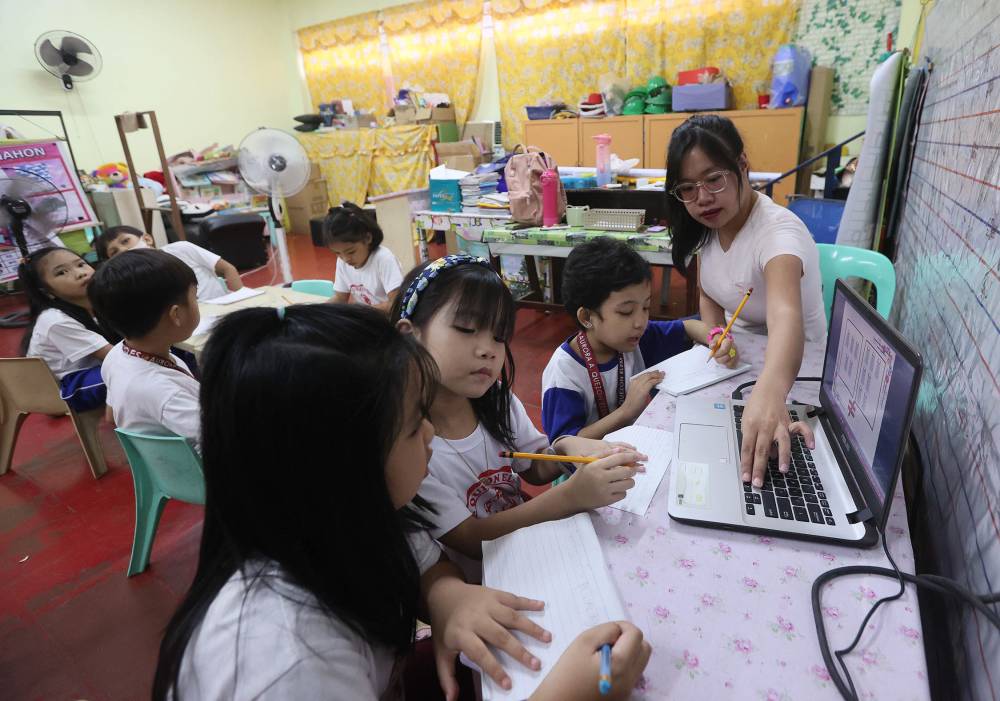Helping rural students transition and thrive in city schools

Transitioning from a rural setting to a city school can be a formidable challenge for any learner stepping into this new world for the first time.
Moving from a familiar barrio to a bustling urban school isn’t just a change of scenery; it’s a profound shift that can deeply impact a learner’s sense of self and confidence. Educators have a unique opportunity to turn this daunting journey into an inspiring story of growth.
Take, for example, a recent experience shared by one of our teachers about a seventh grader who had moved to Baguio City from a barrio school in Benguet.
This learner, unfamiliar with the dynamics of a city classroom, spent most of her time bowing her head, avoiding eye contact, and remaining largely silent. The shyness was so pronounced that even when spoken to, the learner struggled to respond. This poignant scenario highlights the immense emotional and social adjustments that such students face.
As someone who also transitioned from Benguet to Angeles City for college, I know firsthand how challenging this move can be. It was a tough adjustment, filled with moments of feeling overwhelmed and out of place. The importance of being accommodated, feeling valued, and finding a sense of belonging cannot be overstated. These experiences shape one’s self-esteem and confidence, making the role of educators in this transition all the more crucial.
For many rural learners, a city school represents a vast and intimidating landscape filled with unfamiliar faces and experiences. This transition can bring a mix of excitement, fear, curiosity, and anxiety, especially for shy students who may struggle with feelings of isolation and self-doubt. Teachers play a crucial role in making this shift smoother and more positive.
Creating a nurturing and inclusive classroom environment is essential. Teachers can help new learners feel a sense of belonging by building strong, trusting relationships. Positive reinforcement and encouragement can significantly boost a learner’s confidence and make them feel valued and supported.
Pairing new learners with a buddy or mentor can also make a big difference. This peer support system can help them navigate the new school environment and foster social connections. Collaborative activities and group projects can further promote a sense of camaraderie and inclusion.
Teachers should also be mindful of learners’ previous educational experiences. Adapting teaching methods to address any gaps in learning and offering personalized support can make the transition less overwhelming. Gradual integration into classroom activities helps learners adjust at their own pace.
Beyond the classroom, community involvement can play a vital role in supporting these learners. Schools can collaborate with local organizations to provide additional resources and extracurricular opportunities tailored to rural learners’ needs. Programs that bridge cultural gaps or offer after-school mentoring can be particularly transformative.
By engaging with the broader community, schools can create a supportive network that extends beyond the classroom, aiding learners in navigating their new environment with greater ease and confidence.
Ultimately, moving from a barrio to a city school is more than just a change of location; it’s a journey of personal growth and adaptation. By embracing this opportunity with empathy and creativity, educators can help learners not just adapt but truly thrive in their new educational setting.
Maria Teresa B. Macasinag,
mariateresa.macasinag@deped.gov.ph

















